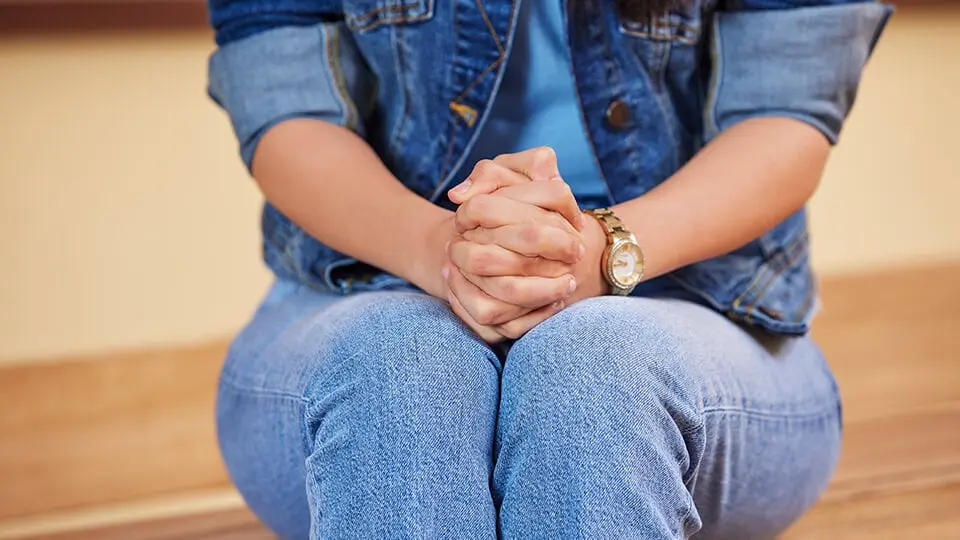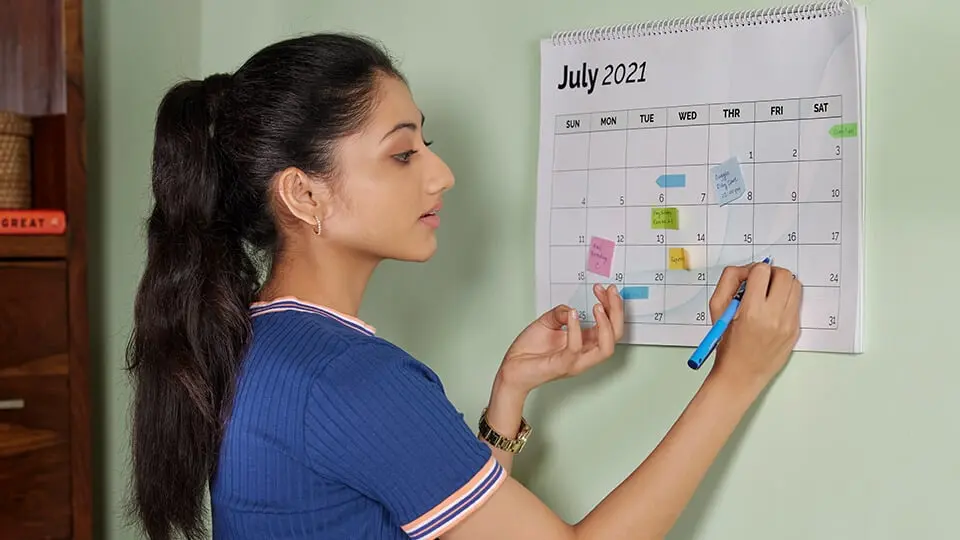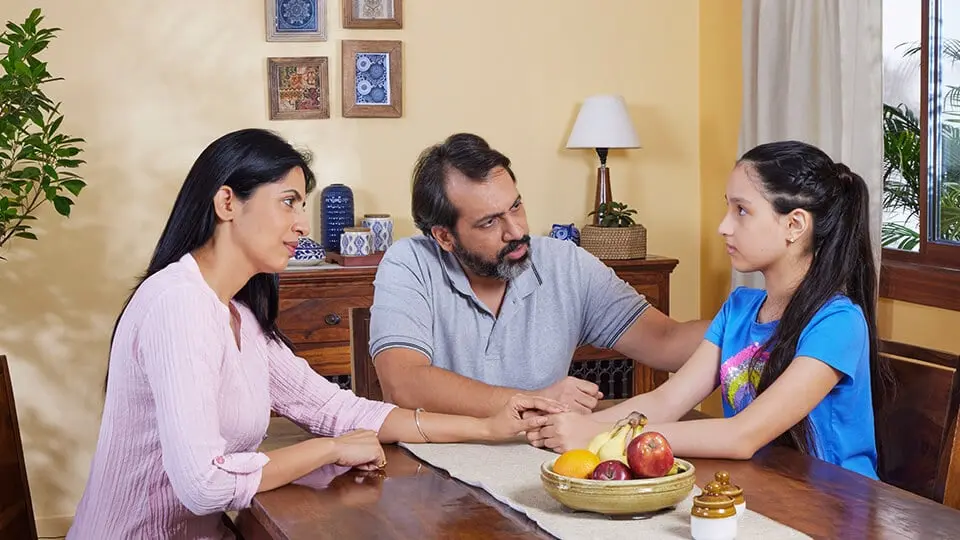Most girls begin menstruating during puberty, i.e., the phase when children undergo several physical and emotional changes as their body transitions from a child to that of a young adult. Getting your period anytime between the ages 11 to 15 is completely normal as everybody has their own schedule. We have prepared a handy guide that will help you navigate the changes that your body is going through.
What is a period?
Periods or menstruation is a natural biological process in which blood and tissue from your uterus come out from your vagina. This usually happens once a month. The onset of menstrual periods in girls is the body’s way of preparing itself for a possible pregnancy. The ovaries are responsible for the release of the hormones, oestrogen, and progesterone. These female hormones signal the building up of the uterine lining or endometrium that nurtures a fertilized egg.
The same hormones signal the release of an egg from one of the ovaries during ovulation. This egg travels through the fallopian tube and attaches to the uterine lining – ready for fertilization. In the absence of a sperm cell to fertilize the egg, the uterine lining breaks down and is shed by way of a period.
This lining takes on an average of around 28 days to build up, break down, and eventually get shed. Most women experience a period cycle of anywhere between 21 to 35 days.
What are the signs that I am approaching my periods?
If your periods haven’t started then, periods generally start about two years after your breasts begin to develop. But there are other signs that can signal the arrival of your first period. Right around the same time, you will also notice the growth of hair in your pubic area and a mucus like vaginal discharge which can be clear, white, or even slightly cloudy yellowish in colour. These are both signs that your very first period is on its way. This video will help you better understand the relationship between puberty and the onset of your periods.
If you have started menstruating, then some signs of approaching periods that tend to stay across the course of life are
You may see signs of Pre-Menstrual Syndrome
You may feel bloated and gassy
You may experience acne
You may experience abdominal cramps
You may have a headache
Observing these period symptoms is very important since they can help you to be prepared with period management products such as sanitary pads and tampons.
What is a period cycle?
The period cycle or menstrual cycle is the time between the first days of your last and next period. For example, if your last period started on the 10th of January and you get your next period on the 8th of February, your menstrual cycle is the time between January 10 and February 08. It can be understood better in the following four stages:
Your uterine lining thickens up over a period of about 28 days and begins to shed as your period starts. The first day of your period is considered to be the first day of your menstrual cycle.
An average period can last anywhere between 2 to 7 days and during this time the uterine lining is shed and discharged through your vagina. Once your period ends, the lining starts to thicken again – in preparation for a potential pregnancy.
Around day 14, the ovaries release an egg in a process called Ovulation which makes its way to the uterus where it can get settled in the uterine lining.
If during this period, the egg is not fertilized, the lining of the uterus breaks down and begins to shed and you get your period again.
The entire cycle repeats itself every month from puberty when you first get your period to menopause i.e. when you cease to menstruate. Most women experience menopausal symptoms and eventual permanent stoppage of periods during the late 40s to early 50s.
When you first start getting your periods, your menstrual cycle is likely to be irregular and unpredictable for a couple of years. This is when your body is finding its natural rhythm and is absolutely normal. Once settled, you should get your periods once every month.
Do periods hurt?
Many women experience premenstrual syndrome or PMS during the weeks leading up to their period. This may be characterized by symptoms such as mood swings, acne, anxiety, bloating, feeling irritable or short tempered.
You are also likely to experience period pain during the first couple of days of your period. It can range between substantial cramps in your lower abdomen or dull stomach pain during periods accompanied by an aching lower back.
While pain during the period is normal, if cramps during period become unbearable and start to interfere with your day-to-day life, it is better to pay your doctor a visit for a thorough examination of the underlying cause.
How to reduce period pain?
Period pain generally eases away as your period progresses but if period cramps are keeping you from going about your day as usual, you can try the following remedies:
A hot water bag or a heated pain relief pad can make periods significantly less painful.
Take over-the-counter pain medication.
However, if taking pain medications does not help with menstrual cramps, it is advisable to pay your doctor a visit.
What are the different period management products?
One of the most important things that can make your periods a comfortable experience is using the right period product. Finding period products that suit your needs can take a bit of trial and error – be it sanitary pads or tampons. It is important to try a few different products before deciding what works for you. The kind of product that you use should be in line with the flow that you experience.
We understand that periods can be uncomfortable and painful. We at Stayfree®, we are dedicated to making period products that are safe and comfortable so that your periods don’t stop you from living your life. The Stayfree® range of sanitary napkins offers a wide variety of products to choose from.
Key Takeaway
Periods are a natural part of growing up for girls and it is nothing to feel ashamed about. Try to have healthy conversations about periods with your parents, older siblings, or health care providers, or even your teachers if you have any doubts or questions about them.



